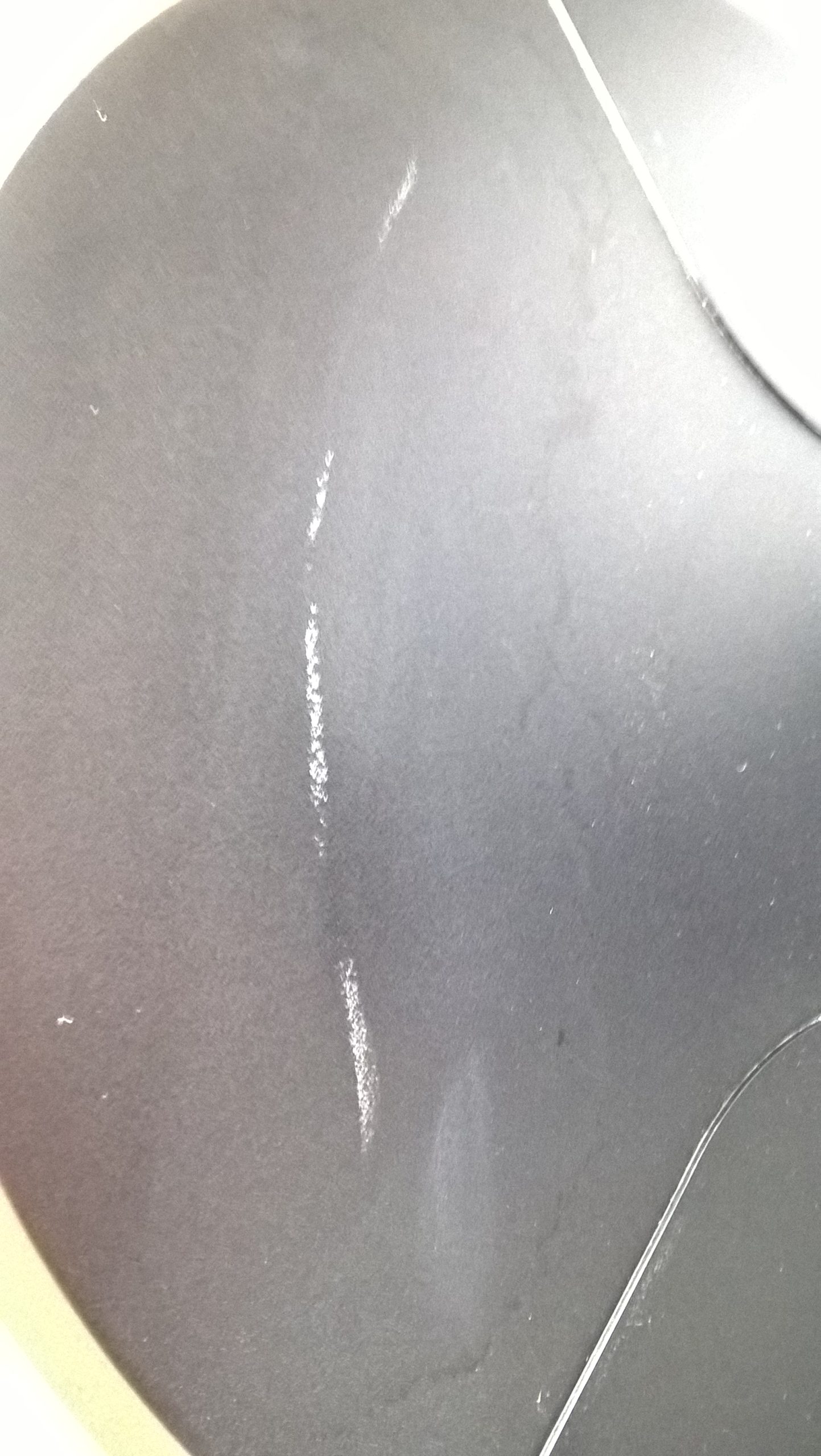Troubleshooting a Dead GPU: A Gamer’s Struggle
Experiencing a computer failure right in the middle of an intense gaming session can be incredibly frustrating. Recently, I faced such an incident while playing World of Warcraft Classic, and I’d like to share my experience as I navigated the diagnosis and potential fixes for my dying PC.
The Situation
Mid-game, my computer suddenly went dark. Initially, I thought the culprit was the power supply unit (PSU), but I’m increasingly leaning toward a failure in my graphics processing unit (GPU). For those interested, here are the specs of my setup:
- CPU: Ryzen 7 3700X (recently upgraded, used)
- GPU: RTX 2070 (Inno3D TwinX2, approximately 1.5 years old)
- Motherboard: MSI B450 Pro Max (2 years old)
- RAM: 32GB DDR4
I upgraded from a 600W PSU to a 750W PSU to ensure I had sufficient power capacity, especially during more demanding gaming moments.
The Diagnosis Journey
While engaged in a 40-man raid, with plenty of visual effects occurring on screen, my PC abruptly shut off. The first step I took was to check the wall socket. Other devices plugged into the same outlet continued to work, leading me to suspect the PSU.
Despite the PSU being over six years old, I decided to purchase a new one. After hooking it up and checking the CPU and motherboard connections, I started hearing fan activity, which gave me hope. However, when I tried powering up the PC, I was met with silence—no lights or noise whatsoever.
In an attempt to narrow down the issue, I disconnected the GPU, and after a complete power cycle of the PSU, the fans whirred back to life again. To further test, I installed an older GPU, a GT 9800, which allowed my system to boot successfully. This pointed strongly toward the RTX 2070 being the source of the issue.
Evaluating Options and Next Steps
The sudden and complete failure of the GPU raises questions. How can a functioning GPU go from providing excellent performance to seemingly short-circuiting the system? While I hold onto the possibility that it might be a motherboard issue, confirming that will require more testing.
I am curious if anyone has suggestions on additional tests I might run. Additionally, I was using MSI
Share this content:




It seems like you’ve done a thorough initial diagnosis, which is great. Since you’ve already tested with an older GPU (GT 9800) and confirmed that the system boots, it points towards a potential failure with your RTX 2070. Here are some additional steps you can take to further diagnose the GPU:
If these steps confirm the GPU